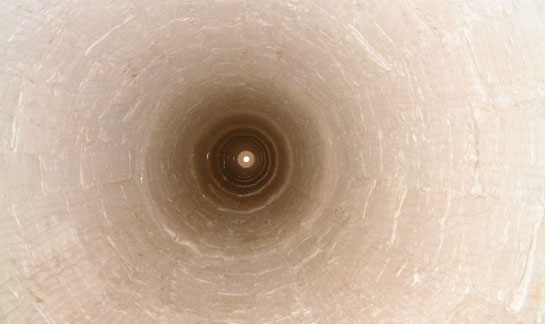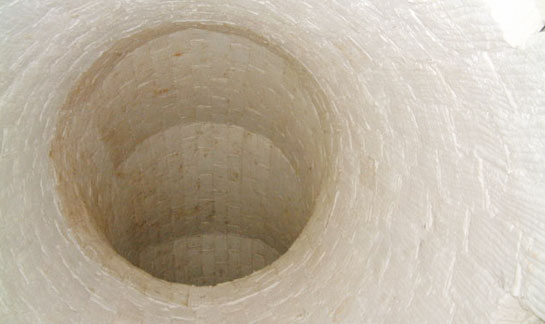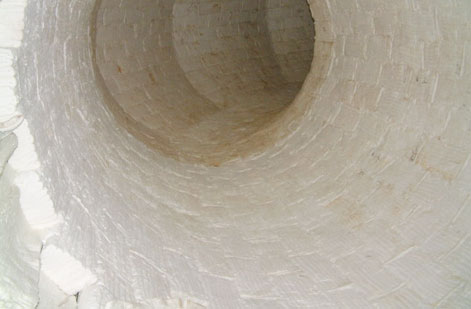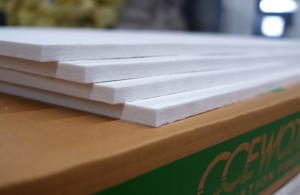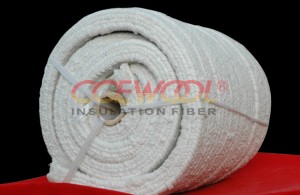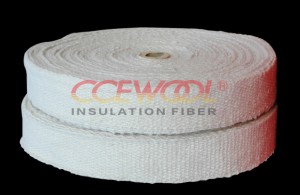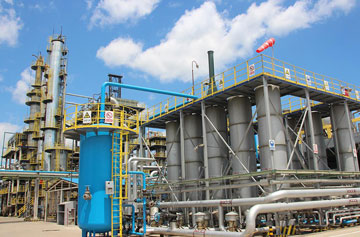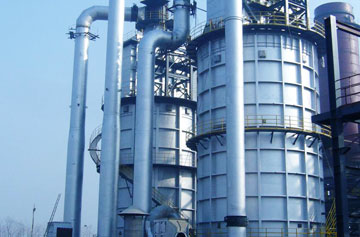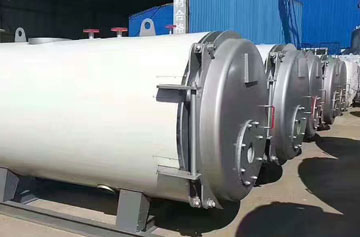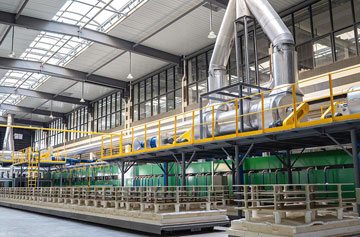Design and construction of the insulation layer of coke ovens
An overview of metallurgical coke ovens and an analysis of the working conditions:
Coke ovens are a kind of thermal equipment with a complex structure that requires long-term continuous production. They heat coal to 950-1050 ℃ through isolation from air for dry distillation to obtain coke and other by-products. Whether it is dry quenching coking or wet quenching coking, as an equipment for producing red hot coke, coke ovens are mainly composed of coking chambers, combustion chambers, regenerators, furnace top, chutes, small flues, and a foundation, etc.
The original thermal insulation structure of a metallurgical coke oven and its auxiliary equipment
The original thermal insulation structure of a metallurgical coke oven and its auxiliary equipment is generally structured as high-temp refractory bricks + light insulation bricks + ordinary clay bricks (some regenerators adopt the diatomite bricks+ ordinary clay brick structure at the bottom), and the insulation thickness varies with different types of furnaces and processing conditions.
This kind of thermal insulation structure mainly has the following defects:
A. The large thermal conductivity of thermal insulation materials leads to poor thermal insulation.
B. Huge loss on heat storage, resulting in energy waste.
C. Very high temperature on both the outer wall and the surrounding environment results in a harsh working environment.
The physical requirements for the backing lining materials of the coke oven and its auxiliary equipment: With consideration of the furnace’ loading process and other factors, the backing lining materials should have no more than 600kg/m3 in their volume density, the compressive strength at room temperature should be no less than 0.3-0.4Mpa, and the heat linear change should not exceed 3% under 1000℃*24h.
Ceramic fiber products can not only fully meet the above requirements, but also have incomparable advantages that regular light insulation bricks lack.
They can effectively solve the problems that thermal insulation materials of the original furnace lining structure have: large thermal conductivity, poor thermal insulation, great heat storage loss, serious energy waste, high ambient temperature, and a harsh working environment. Based on thorough research in various light thermal insulation materials and relevant performance tests and trials, ceramic fiberboard products have the following advantages compared with traditional light insulation bricks:
A. Low thermal conductivity and good heat preservation effects. At the same temperature, the thermal conductivity of ceramic fiberboards is only about one third of that of common light insulation bricks. Also, in the same circumstances, to achieve the same thermal insulation effect, the use of ceramic fiberboard structure can reduce the total thermal insulation thickness by more than 50 mm, greatly reducing heat storage loss and energy waste.
B. Ceramic fiberboard products have high compressive strength, which can fully meet the requirements of the furnace lining for the compressive strength of insulation layer bricks.
C. mild linear shrinkage under high temperatures; high temperature resistance and long service life.
D. small volume density, which can effectively lower the weight of the furnace body.
E. excellent thermal shock resistance and can withstand extremely cold and hot temperature changes.
F. Accurate geometric sizes, convenient construction, easy cutting and installing.
The application of ceramic fiber products to the coke oven and its auxiliary equipment
Due to the requirements of various components in the coke oven, ceramic fiber products cannot be applied to the working surface of the oven. However, because of their excellent low volume density and low thermal conductivity, their forms have developed to be functional and complete. The certain compressive strength and excellent insulation performance have made it possible for ceramic fiber products to replace light insulation brick products as the backing lining in industrial furnaces of various industries. Their better thermal insulation effects have been demonstrated in carbon baking furnaces, glass melting furnaces, and cement rotary furnaces after replacing light insulation bricks. Meanwhile, the second further development of ceramic fiber ropes, ceramic fiber paper, ceramic fiber cloth, etc. have enabled ceramic fiber rope products to gradually replace ceramic fiber blankets, expansion joints, and expansion joint fillers as asbestos gaskets, equipment and pipeline sealing, and pipeline wrapping, which have achieved good application effects.
The specific product forms and application parts in application are as follows:
1. CCEWOOL ceramic fiberboards used as the insulation layer at the bottom of the coke oven
2. CCEWOOL ceramic fiberboards used as the insulation layer of the coke oven’s regenerator wall
3. CCEWOOL ceramic fiberboards used as the thermal insulation layer of the coke oven top
4. CCEWOOL ceramic fiber blankets used as the inner lining of cover for the coal charging hole at the top of the coke oven
5. CCEWOOL ceramic fiberboards used as the insulation for the end door of the carbonization chamber
6. CCEWOOL ceramic fiberboards used as the insulation for the dry quenching tank
7. CCEWOOL zirconium-aluminum ceramic fiber ropes used as a protective plate/stove shoulder/door frame
8. CCEWOOL zirconium-aluminum ceramic fiber ropes (diameter 8mm) used as a bridge pipe and water gland
9. CCEWOOL zirconium-aluminum ceramic fiber ropes (diameter 25mm) used in the base of the riser tube and furnace body
10. CCEWOOL zirconium-aluminum ceramic fiber ropes (diameter 8mm) used in the fire hole seat and furnace body
11. CCEWOOL zirconium-aluminum ceramic fiber ropes (diameter 13mm) used in the measuring hole of temperature in the regenerator chamber and the furnace body
12. CCEWOOL zirconium-aluminum ceramic fiber ropes (diameter 6 mm) used in the suction-measurement pipe of the regenerator and the furnace body
13. CCEWOOL zirconium-aluminum ceramic fiber ropes (diameter 32mm) used in exchange switches, small flues, and flue elbows
14. CCEWOOL zirconium-aluminum ceramic fiber ropes (diameter 19mm) used in the small flue connecting pipes and small flue socket sleeves
15. CCEWOOL zirconium-aluminum ceramic fiber ropes (diameter 13mm) used in the small flue sockets and the furnace body
16. CCEWOOL zirconium-aluminum ceramic fiber ropes (diameter 16 mm) used as external expansion joint filler
17. CCEWOOL zirconium-aluminum ceramic fiber ropes (diameter 8 mm) used as expansion joint filler for the regenerator wall sealing
18. CCEWOOL ceramic fiber blankets used for heat preservation of the waste heat boiler and the hot air pipe in coke dry quenching process
19. CCEWOOL ceramic fiber blankets used for insulation of exhaust gas flues at the bottom of the coke oven
Post time: Apr-30-2021


